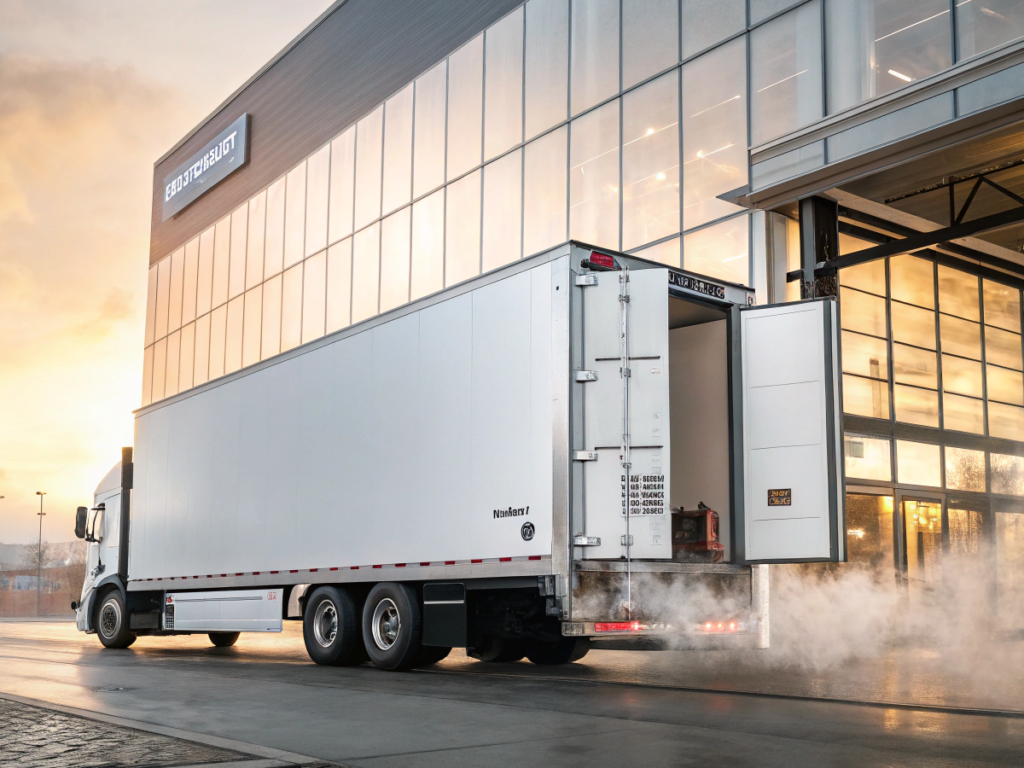
Replacing a fuel solenoid without testing can lead to engine no-starts, fuel leaks, or excessive downtime.
After replacing a fuel solenoid, you should test for fuel delivery, valve actuation, electrical continuity, and potential leaks.
I’ve seen service techs waste hours because they skipped basic post-replacement checks. Here's how I make sure that doesn’t happen.
How to verify the new solenoid is working properly?
It’s easy to overlook function tests if the install went smoothly.
Check for an audible “click” during key-on and verify voltage at the terminals with a multimeter.

Visual, Audible & Electrical Confirmation
Once the new solenoid is installed:
- Visual Check: Confirm it’s seated properly with no gaps or misalignment.
- Audible Click Test: With ignition ON, listen closely for a soft clicking sound. This indicates the solenoid is activating.
- Voltage Test: Use a multimeter to measure the terminal voltage when the key is turned. It should match system voltage (~12V).
- Bench Test (Optional): Before mounting, you can test it using direct battery power to check the plunger actuation.
| Test Type | Tools Needed | What to Look For |
|---|---|---|
| Visual | Eyes, flashlight | Proper fit, clean install |
| Audible Click | Your ears | Solenoid clicks when powered |
| Voltage Check | Multimeter | 11.5V–13.5V when energized |
What signs indicate wiring or connection problems after replacement?
Even if the solenoid is fine, poor wiring ruins everything.
If there’s no click or voltage, inspect the harness, terminals, and related fuses.
Spotting Common Wiring Faults
Some signs of wiring trouble:
- No voltage at solenoid plug.
- Intermittent activation (works randomly).
- Burn marks or corrosion on terminals.
- Loose or brittle wires near connectors.
Troubleshooting Tips:
- Wiggle-test the harness while monitoring voltage.
- Check upstream components like ignition switch or relay.
- Replace damaged terminals with weather-proof connectors.
How do I confirm fuel is flowing correctly?
A solenoid might activate, but if fuel isn’t flowing, you’re still stuck.
Loosen the outlet line briefly and check for steady fuel discharge during cranking.
Fuel Delivery Validation
After replacement:
- Prime the system (if required).
- Loosen the outlet banjo bolt slightly.
- Crank the engine for 2–3 seconds.
- Observe fuel discharge rate and pressure.
If fuel drips weakly or sprays inconsistently, suspect a clogged filter, air in the lines, or a faulty solenoid.
Note: Always follow safety procedures when dealing with diesel fuel under pressure.
What if the unit still doesn’t start after replacing the solenoid?
Sometimes the issue isn’t the solenoid—it’s what the solenoid controls.
If the engine won’t start, rule out air locks, faulty injectors, or system pressure loss.
Going Beyond the Solenoid
I once replaced a solenoid only to find that the real issue was a cracked fuel line upstream. After verifying solenoid function, take the following steps:
- Inspect entire fuel path from tank to injector.
- Check for air leaks or bubbles in transparent fuel lines.
- Scan for diagnostic fault codes if ECM-equipped.
- Rule out coincidental failures—like a bad starter or fuse.
| Component | Common Issue After Solenoid Swap |
|---|---|
| Fuel Filter | Clogged, restricting flow |
| Return Line | Blocked, causing overpressure |
| ECM/Control Circuit | Didn’t re-engage after reset |
Conclusion
Always test fuel flow, voltage, and fit after solenoid replacement to avoid bigger failures.







One Response
This post made my day. So helpful!